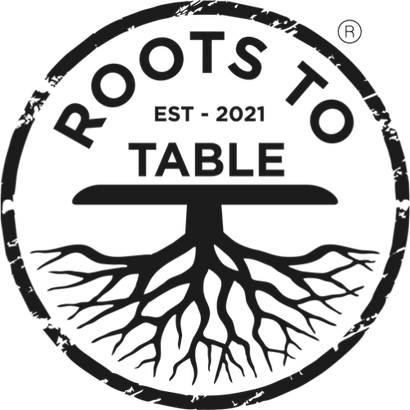Add description, images, menus and links to your mega menu
A column with no settings can be used as a spacer
Link to your collections, sales and even external links
Add up to five columns
Add description, images, menus and links to your mega menu
A column with no settings can be used as a spacer
Link to your collections, sales and even external links
Add up to five columns

Why Beavers Don’t Eat Maple (And Why You Should Love It Anyway!)
January 29, 2025 3 min read
The Tale of Beavers, Trees, and the Wood We Swear By
Beavers are nature’s original lumberjacks. They spend their days felling trees, building lodges, and engineering waterways like little hard-hat-wearing, tail-slapping architects. But have you ever noticed that beavers don’t seem to have a taste for maple trees?
That’s right—while they’ll happily gnaw through poplar, willow, birch, and alder, beavers tend to avoid maple whenever they have other options. And while we don’t blame them for their preferences, we at Roots To Table think maple deserves a whole lot more love (at least from humans).
So, Why Don’t Beavers Eat Maple?

Beavers are practical critters. They prefer softwoods or trees with thinner bark, making them easier to chew and digest. Maple, on the other hand, is a dense hardwood with thick bark and a tough, fibrous structure—more like chewing on a wooden brick than a tasty snack.
In beaver logic: “Why struggle with maple when there’s a perfectly good softwood buffet right next door?”
But wait—doesn’t maple have sugar in it?
Yes! But here’s the catch: The sugar is in the sap, not the wood.
Maple trees store their sugars in their sap, which flows seasonally (and is what we tap to make syrup). But once that sap stops flowing, the wood itself isn’t sugary. Compare that to beaver-favorite trees like poplar and aspen, where the sugars are stored in the wood fibers, making them a natural energy source.
So while we humans turn maple sap into delicious syrup, beavers would be gnawing on a tough, sugar-poor snack—and they’re way too smart for that.
Why Humans LOVE Maple (And Why Beavers Are Missing Out!)
Beavers may pass on maple, but lucky for us, this remarkable wood has a ton of benefits. Here’s why it’s one of the best materials out there:

1. It’s Tougher Than a Beaver’s Bite
Maple is a hardwood powerhouse—strong, durable, and resistant to damage. That’s why it’s used for high-impact surfaces like basketball courts, bowling alleys, and, of course, cutting boards. If it can handle NBA games and bowling balls, it can certainly handle your kitchen prep.
2. Naturally Bacteria-Resistant
Maple’s fine, closed grain makes it naturally resistant to moisture and bacteria, unlike porous woods that trap food particles. That’s why maple is the top choice for high-quality artisan cutting boards—it won’t harbor germs, making your kitchen safer.
3. A Feast for the Eyes
While beavers might overlook maple’s beauty, we certainly don’t. With its warm, creamy tones and subtle grain patterns, maple adds elegance to any kitchen. It’s not just functional—it’s stunning.
4. Kind to Your Knives
Maple is just the right balance of hard and forgiving. Unlike glass or bamboo cutting boards that dull knives quickly, maple provides a smooth yet knife-friendly surface. So while beavers sharpen their teeth on softer woods, your chef’s knife stays sharper longer on maple.
5. Sustainable & Abundant
Maple is a highly renewable resource, and at Roots To Table, we make sure we give back by planting more trees than we use. While beavers take down trees for their homes, we make sure our use of maple helps sustain forests for future generations.
Final Thoughts: Beavers Might Be Missing Out
While beavers stick to their poplar preference, we humans know a good thing when we see it. Maple is strong, beautiful, sustainable, and perfect for kitchen essentials—everything you want in a premium cutting or charcuterie board.
So next time you’re chopping veggies on your maple board, just remember: a beaver wouldn’t approve—but your knives, your kitchen, and your dinner guests certainly will.


